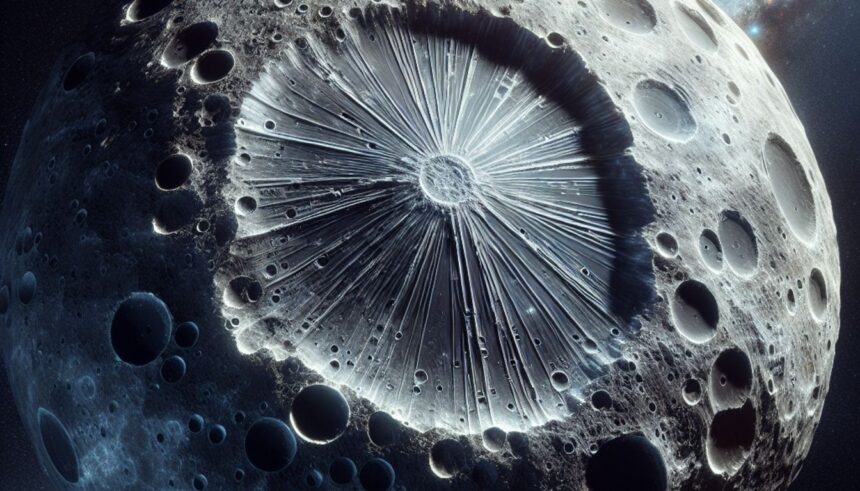As we turn our gaze towards the night sky, the moon stands out as Earth’s only natural satellite, captivating our imagination and scientific curiosity alike. Through the lens of NASA’s lunar photography, particularly the stunning images of the Copernicus crater, we gain a deeper understanding of this celestial neighbor. This focus aligns seamlessly with the ongoing advancements in astronomy and lunar exploration.
The Significance of Copernicus Crater
The Copernicus crater, named after the renowned astronomer Nicolaus Copernicus, is one of the most prominent features on the moon’s surface, easily observable even with basic binoculars. This massive lunar crater is approximately 93 kilometers in diameter and is distinguished by its ray system, where materials ejected during the impact spread across the moon’s surface. These features offer vital clues about the moon’s geology and the history of the solar system.
Advancements in Lunar Photography
NASA’s commitment to exploring the lunar surface has led to significant advancements in lunar photography. With missions geared towards the moon and beyond, such as Artemis III, our ability to capture detailed and high-resolution images of lunar phenomena has grown exponentially. These images are not only essential for scientific research but also stir public interest and enthusiasm for astronomy and space exploration.
Exploring the Impact on Earth’s Astronomy
The detailed imagery of the moon, particularly of notable sites like Copernicus Crater, revolutionize our understanding in various domains of science and technology. These photographs assist astronomers in tracking changes on the lunar surface, providing insights into Earth’s history and celestial dynamics. Moreover, they facilitate educators and communicators in making the concept of space more accessible and inspiring to the public and budding scientists alike.
Implications for Future Moon Missions
Every image from the lunar surface enriches our knowledge bank, paving the way for upcoming moon missions. As NASA continues to focus on projects like Lunar Exploration and the development of Lunar Spacesuits, these photographs prove invaluable in planning and execution. They help in identifying potential landing sites, understanding the lunar environment, and ensuring the safety and success of human and robotic missions.
The Role of Lunar Photography in Global Collaboration
NASA’s lunar photography has a significant impact beyond just scientific discovery; it fosters international collaboration. By sharing this data with the global community, NASA aids in a united approach towards lunar exploration, engaging experts from various countries in discussions, missions, and space policy developments.
Leveraging Technology for Enhanced Lunar Imaging
The technology behind capturing intricate details of the moon’s surface involves sophisticated cameras and imaging technologies. Innovations in orbital mechanics and camera technology have allowed us to see the moon in unprecedented detail. Such technological advancements not only enhance our understanding of the moon’s geography but also improve our capabilities in remote sensing and astronomical photography.
The Future of Lunar Exploration
With every picture taken of the moon, such as those highlighting the Copernicus Crater, NASA sets the stage for the future of space exploration. These initiatives not only bring us closer to our celestial neighbor but also ignite curiosity and wonder about the universe. The ongoing efforts in lunar exploration are a testament to humanity’s relentless pursuit of knowledge and the eternal quest to explore the unknown.
In conclusion, NASA’s stunning lunar photography of the Copernicus crater not only enriches our understanding of the moon but also illuminates the path for future explorations. It serves as a bridge connecting the realms of scientific inquiry with public interest, inspiring generations to look up and wonder about the vastness of space and our place within it.







